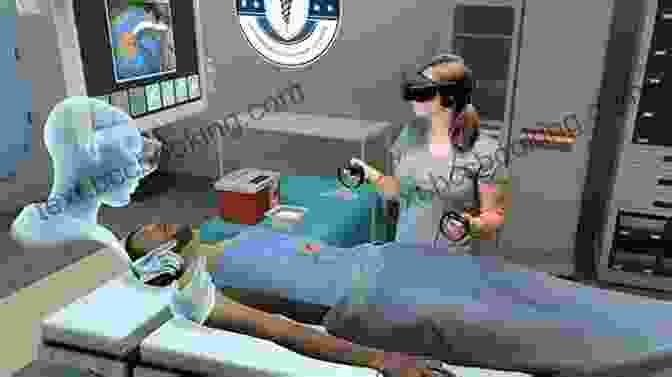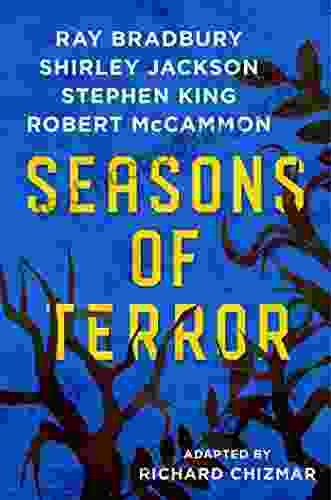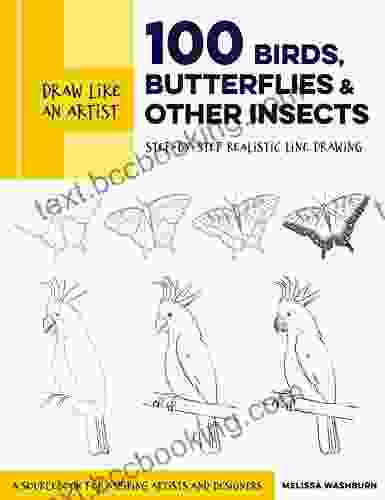Harnessing the Power of Virtual Reality for Autism Intervention: A Comprehensive Exploration

4.6 out of 5
| Language | : | English |
| File size | : | 27030 KB |
| Text-to-Speech | : | Enabled |
| Screen Reader | : | Supported |
| Enhanced typesetting | : | Enabled |
| Word Wise | : | Enabled |
| Print length | : | 302 pages |
Autism spectrum disFree Download (ASD) encompasses a range of neurodevelopmental conditions that can affect social interaction, communication, and behavior. Traditional interventions often focus on enhancing these core areas through therapy and education. However, emerging technologies like virtual reality (VR) are revolutionizing autism intervention by providing immersive and engaging experiences that complement and enhance existing approaches.
Benefits of VR in Autism Intervention
Enhanced Social Skills:
VR simulations create safe and controlled environments where individuals with autism can practice social interactions without fear of judgment. They can learn to recognize emotions, engage in conversations, and develop empathy.
Improved Communication:
VR-based storytelling and interactive scenarios encourage communication and language development. Individuals can practice using appropriate language, expressing their thoughts and feelings, and engaging in meaningful conversations.
Enhanced Coping Mechanisms:
VR can help individuals with autism develop coping mechanisms for anxiety, stress, and sensory sensitivities. Immersive experiences that simulate real-life scenarios provide a safe space to learn relaxation techniques, manage emotions, and build resilience.
Improved Sensory Processing:
VR offers a controlled environment to explore different sensory stimuli. Individuals can engage in activities that enhance sensory processing, promote relaxation, and reduce hypersensitivity or hyposensitivity.
VR for Teaching Social Skills
Social skills training is a crucial aspect of autism intervention. VR provides unique opportunities to create realistic social situations in virtual environments. Individuals can interact with virtual characters, practice conversation skills, and learn to navigate social cues and norms. This hands-on approach allows them to develop social competence in a safe and supportive setting.

VR for Enhancing Communication
Communication difficulties are common in individuals with autism. VR-based interventions use storytelling, interactive scenarios, and role-playing to stimulate language development and improve conversational skills. VR experiences can also provide real-time feedback and support, helping individuals overcome communication barriers.

VR for Anxiety and Stress Management
Anxiety and stress are common challenges faced by individuals with autism. VR can create immersive environments that allow them to practice coping mechanisms in a safe space. Virtual reality-based relaxation techniques, such as deep breathing exercises and guided meditations, have been shown to reduce stress and anxiety levels.

VR for Sensory Processing DisFree Downloads
Sensory processing disFree Downloads are common in individuals with autism. VR-based interventions can provide controlled sensory experiences to improve sensory processing skills. Virtual environments can simulate various sensory stimuli, allowing individuals to explore and adjust their responses in a safe and supportive setting.
Choosing the Right VR Intervention
Selecting the most appropriate VR intervention for an individual with autism requires careful consideration. Factors to consider include age, developmental level, individual needs, and preferences. Consulting with healthcare professionals and experienced VR therapists is essential to determine the most suitable options.
Virtual reality offers tremendous potential for transforming autism intervention. By creating immersive and engaging experiences, VR can enhance social skills, improve communication, develop coping mechanisms, and address sensory processing challenges. As VR technology continues to advance, we can expect even more innovative and effective applications in the field of autism intervention.
Harnessing the power of virtual reality can unlock the potential of individuals with autism, empowering them to lead more fulfilling and independent lives.
4.6 out of 5
| Language | : | English |
| File size | : | 27030 KB |
| Text-to-Speech | : | Enabled |
| Screen Reader | : | Supported |
| Enhanced typesetting | : | Enabled |
| Word Wise | : | Enabled |
| Print length | : | 302 pages |
Do you want to contribute by writing guest posts on this blog?
Please contact us and send us a resume of previous articles that you have written.
 Book
Book Novel
Novel Page
Page Chapter
Chapter Text
Text Story
Story Genre
Genre Reader
Reader Library
Library Paperback
Paperback E-book
E-book Magazine
Magazine Newspaper
Newspaper Paragraph
Paragraph Sentence
Sentence Bookmark
Bookmark Shelf
Shelf Glossary
Glossary Bibliography
Bibliography Foreword
Foreword Preface
Preface Synopsis
Synopsis Annotation
Annotation Footnote
Footnote Manuscript
Manuscript Scroll
Scroll Codex
Codex Tome
Tome Bestseller
Bestseller Classics
Classics Library card
Library card Narrative
Narrative Biography
Biography Autobiography
Autobiography Memoir
Memoir Reference
Reference Encyclopedia
Encyclopedia Markus Zusak
Markus Zusak Ryan Leslie
Ryan Leslie Mark Bowen
Mark Bowen Marjan Kamali
Marjan Kamali Mary Ann Littrell
Mary Ann Littrell Marguerite Mary Rigoglioso
Marguerite Mary Rigoglioso Susan Engle
Susan Engle Martin Slyngstad
Martin Slyngstad Megan Smolenyak
Megan Smolenyak Stephen L Sass
Stephen L Sass Phillips Payson O Brien
Phillips Payson O Brien Peter Kilduff
Peter Kilduff Maryann Lesert
Maryann Lesert Sarah Weeks
Sarah Weeks Wendy Meadows
Wendy Meadows Matt Fox
Matt Fox Stephen Chambers
Stephen Chambers Nat Segnit
Nat Segnit Michael Holley
Michael Holley Sherwood Neiss
Sherwood Neiss
Light bulbAdvertise smarter! Our strategic ad space ensures maximum exposure. Reserve your spot today!

 Leslie CarterImmerse Yourself in the Enchanting Pacific: Discover 30 Years in Tonga and...
Leslie CarterImmerse Yourself in the Enchanting Pacific: Discover 30 Years in Tonga and... Desmond FosterFollow ·13.2k
Desmond FosterFollow ·13.2k Caleb CarterFollow ·7.4k
Caleb CarterFollow ·7.4k Evan SimmonsFollow ·11.8k
Evan SimmonsFollow ·11.8k Jamal BlairFollow ·5.3k
Jamal BlairFollow ·5.3k Jeffery BellFollow ·3k
Jeffery BellFollow ·3k George Bernard ShawFollow ·6.6k
George Bernard ShawFollow ·6.6k Theodore MitchellFollow ·17.9k
Theodore MitchellFollow ·17.9k Winston HayesFollow ·3.9k
Winston HayesFollow ·3.9k

 Larry Reed
Larry ReedGwendy's Final Task: A Thrilling Conclusion to a Timeless...
Prepare to be...

 Victor Turner
Victor TurnerHow FDR Defied Polio to Win the Presidency
Franklin D. Roosevelt is...

 Edwin Cox
Edwin CoxWinner RGS BBC Journey of a Lifetime Award: An Inspiring...
In the heart of the world's...

 Griffin Mitchell
Griffin MitchellEverything You Need to Know, You Learned From Mister...
Mister Rogers' Neighborhood was a beloved...

 Beau Carter
Beau CarterSeasons of Terror: A Spine-Tingling Odyssey into the...
In the realm of horror...
4.6 out of 5
| Language | : | English |
| File size | : | 27030 KB |
| Text-to-Speech | : | Enabled |
| Screen Reader | : | Supported |
| Enhanced typesetting | : | Enabled |
| Word Wise | : | Enabled |
| Print length | : | 302 pages |












